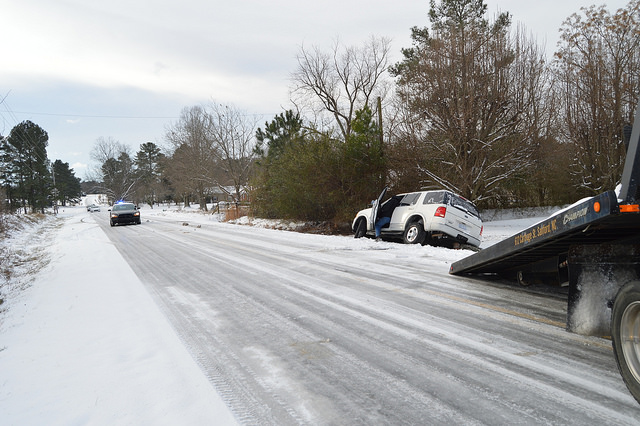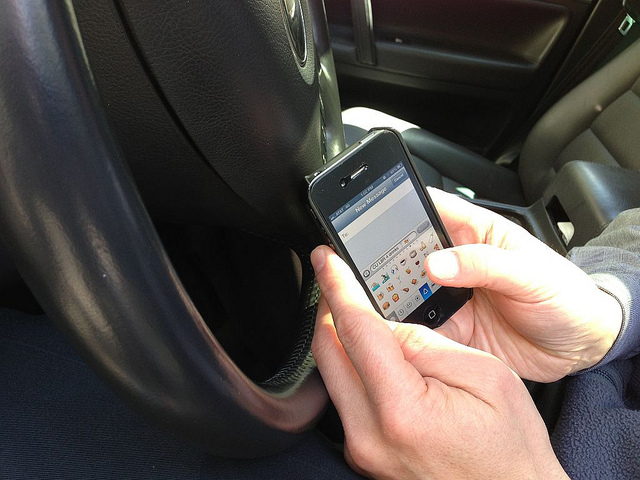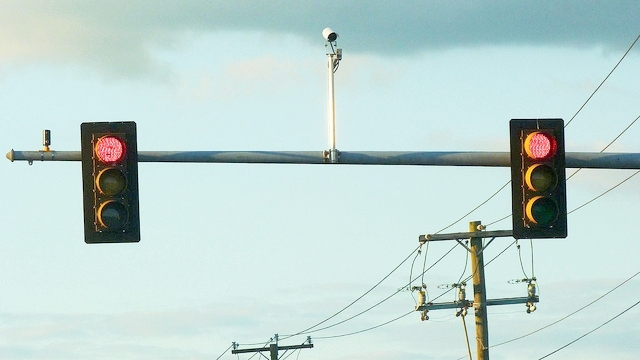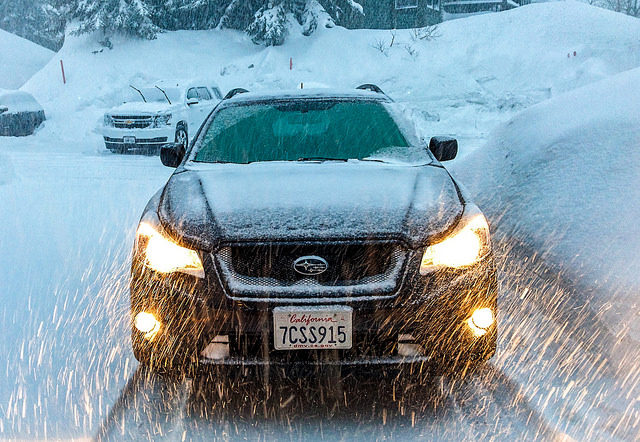Daylight Saving Time (DST) is coming up this upcoming Sunday, March 11, 2018. Unfortunately, the hour we will be losing as we “spring forward,” is an unpleasant experience. Many people wake up thinking they have more time because of the lack of light outside, only to remember that DST just occurred and they need to get up immediately, in order to make it to work on time. Beginning our day an hour earlier may be annoying but it can also be dangerous. The sun comes up later in the day, causing the morning commute to be darker and proving drivers with less visibility than they are used to. People may become exhausted as they begin their day an hour early and may get onto the road with heavy eyes and sleep-deprived minds. A tired and dark morning are two factors that can lead to car accidents.
According to The New England Journal of Medicine (NEJM), our society is chronically sleep deprived, and the hour change after DST does not help with that. Both “spring ahead” and “fall back” are equivalent to the jet lag that occurs when traveling to a different time zone, and even an hour can make a massive difference in energy. These changes tinker with our sleep cycle and it may take at least 5 days for our bodies to get accustomed to them. During those 5 days, the road will have inattentive, drowsy drivers with drooping eyes, who will be waking an hour earlier than they are used to, in order to get to work or school on time.
Drowsy driving due to DST afflicts so many people that a Johns Hopkins Hospital and Standford University study from 1999 reported that the Monday after “spring forward” resulted in an average increase in car accidents, jumping from the average of 72.8% rate of a usual Monday to 83.5% the Monday after DST. That is a 10.7% increase on the Monday after spring DST, which is a shocking increase in car accidents in one day every year!
Along the lines of NEJM's findings, Richard P. Allen, a Johns Hopkins neurologist who oversaw the study, told Vox, "We didn’t expect to see anything, actually. To me it was really amazing that one hour made that difference." According to Vox, "Allen stresses that a one-hour sleep disruption will be more severe for someone who is already sleep-deprived. "A lot of these accidents occur because we don't have residual sleep [reserves] to survive that insult," he says. "When we're running nearly empty on our sleep-wake status, it doesn't take much to push it into a negative area."
Another study by the University of Colorado Boulder also confirmed DST’s role in the rise of motor vehicle accidents, when it reported that in the first six days after DST, there were 302 motor vehicle accident deaths in 2007. The Fatal Accident Reporting System (FARS) also found a 17% increase in traffic accidents the Monday after losing an hour, because of DST in 2007. These newer statistics means that there has been a 6.3% increase in the number of DST car crashes, since the study conducted by Johns Hopkins Hospital in 1999. These results show the significant difference that losing an hour sleep can make to our driving, before our bodies become accustomed to the time change, and how the percentage of DST car accidents may be increasing over time.
Luckily, the Johns Hopkins and Stanford study also showed that by the end of the week after DST, the number of car accidents settled back to nearly the usual number of car crashes as the Monday before DST occurred. Perhaps this is because drivers have had the 5 days they needed to get adjusted to their new sleep cycles, and therefore were attentive enough to avoid car accidents.
People who are especially vulnerable to the changing sleep cycle during DST are those who get 6 or less hours of sleep. They are already sleep deprived and losing an additional hour of sleep due to DST can make a bigger difference in these peoples’ abilities to drive safely. What we can take away from these DST car accident studies according to Vox is that, "even small decreases in our sleep times can stress our bodies. And good sleep increasingly is seen as a subtle yet critical component of our health...To prepare for a rough Monday after the clock change, it's a good idea to get enough sleep in the days leading up to it." It's better to get catch some extra z's than to chug coffee and cause car accidents!
If you or a loved one has been injured in a Michigan car crash, call The Michigan Law Firm, PC at 844.4MI.FIRM for a free legal consultation. Our Michigan personal injury lawyers are ready to talk to you about your claims.













































